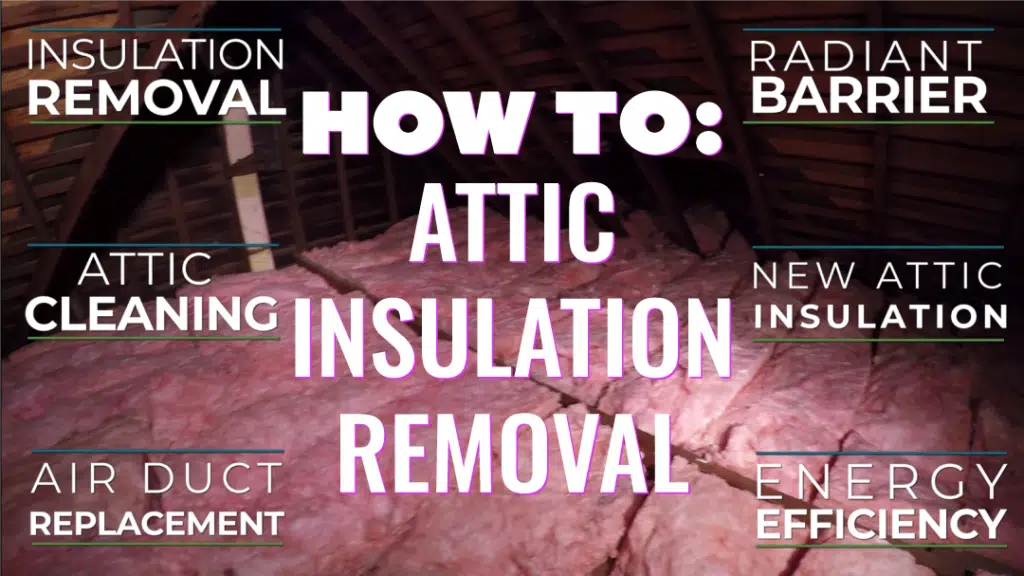Understanding the Necessity for Attic Insulation Removal
Attic insulation removal is essential for maintaining a healthy and energy-efficient home. Over time, insulation can become damaged, compacted, or contaminated, leading to reduced effectiveness in temperature regulation. Materials such as old fiberglass, cellulose, or even spray foam can harbor mold, mildew, or pests, which pose risks to indoor air quality and structural integrity.
Additionally, when homeowners notice significant issues such as increased energy bills, drafts, or strange odors, it often indicates that insulation removal is necessary. By addressing these concerns, homeowners can not only enhance comfort but also prevent potential health hazards associated with poor indoor air quality. Ultimately, understanding when to remove insulation can lead to significant long-term savings and improvements in overall home environment.
Benefits of Professional Attic Insulation Removal Services
Hiring a professional for attic insulation removal offers numerous advantages that can save time and reduce risks. Professionals possess the skills and equipment needed to safely remove insulation while ensuring that the integrity of the attic space is maintained. They are trained to recognize and deal with hazardous materials, such as asbestos, which may be present in older insulation types.
Moreover, professionals often provide additional services, such as attic cleanup, sealing air leaks, and installing new insulation afterward. This comprehensive approach not only improves insulation effectiveness but also enhances energy efficiency across the home. By investing in professional removal services, homeowners can ensure a hassle-free experience and successful remediation of their attic's insulation situation.
The Role of Insulation in Energy Efficiency
Proper insulation plays a critical role in maintaining a home's energy efficiency. It acts as a barrier that slows down heat exchange, helping to keep interiors comfortable regardless of outdoor temperatures. When insulation becomes damaged or degraded, it can lead to heat loss during winter and excessive heat gain in summer, driving up energy consumption and costs.
